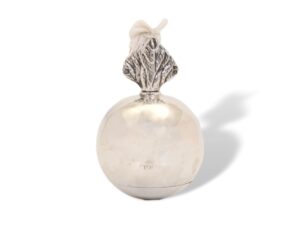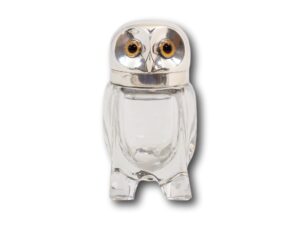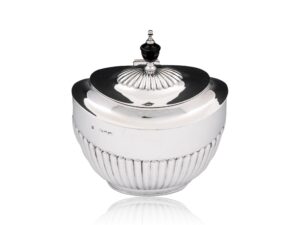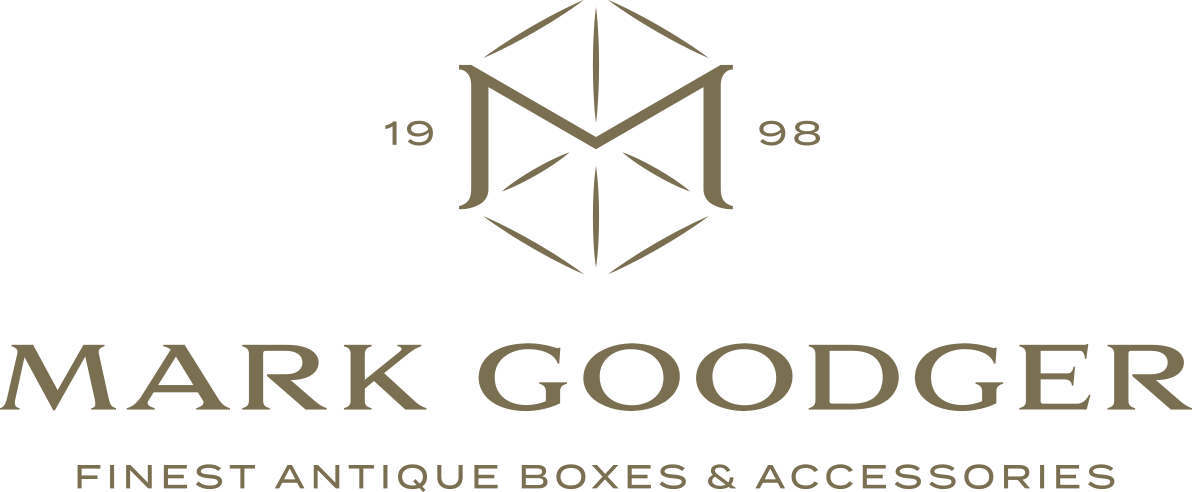William Hutton & Sons
William Hutton & Sons was a Silver manufacture founded in 1800 by William Hutton in Birmingham and shortly transferred to Sheffield in 1832 where they also became platers having licensed the electroplating technique from Elkingtons they operated from 27 High Street (140-146 West Street from 1886). William’s son, William Carr Hutton continued the business after his father’s death and operated under the same business name until 1864 when it was changed to William Hutton & Son (when William Carr’s son, Herbert Hutton, joined him). When William Carr died in 1865, the firm’s name was again changed to William Hutton & Son(s) when Herbert’s brothers joined him. They opened a London showroom in Holborn in 1863, which then moved to Farringdon Road in 1891 operating until 1918. The Huttons developed a new nickel alloy that was good for plating in the late 1800s and it became known as British Plate. They sent their machine-made silver flatware from Sheffield to be hallmarked in London. They acquired Rupert Favell & Co in 1893 and also registered as a limited company (William Hutton & Sons Ltd). In 1902, they bought Creswick & Co. and started to use their crossed arrows mark. They became renowned for the quality of their Arts & Crafts silverware items at the turn of the 19th/20th century. They were taken over by James Dixon & Sons in 1930.
William Hutton & Sons
William Hutton & Sons was a Silver manufacture founded in 1800 by William Hutton in Birmingham and shortly transferred to Sheffield in 1832 where they also became platers having licensed the electroplating technique from Elkingtons they operated from 27 High Street (140-146 West Street from 1886). William’s son, William Carr Hutton continued the business after his father’s death and operated under the same business name until 1864 when it was changed to William Hutton & Son (when William Carr’s son, Herbert Hutton, joined him). When William Carr died in 1865, the firm’s name was again changed to William Hutton & Son(s) when Herbert’s brothers joined him. They opened a London showroom in Holborn in 1863, which then moved to Farringdon Road in 1891 operating until 1918. The Huttons developed a new nickel alloy that was good for plating in the late 1800s and it became known as British Plate. They sent their machine-made silver flatware from Sheffield to be hallmarked in London. They acquired Rupert Favell & Co in 1893 and also registered as a limited company (William Hutton & Sons Ltd). In 1902, they bought Creswick & Co. and started to use their crossed arrows mark. They became renowned for the quality of their Arts & Crafts silverware items at the turn of the 19th/20th century. They were taken over by James Dixon & Sons in 1930.
Showing all 3 resultsSorted by latest



